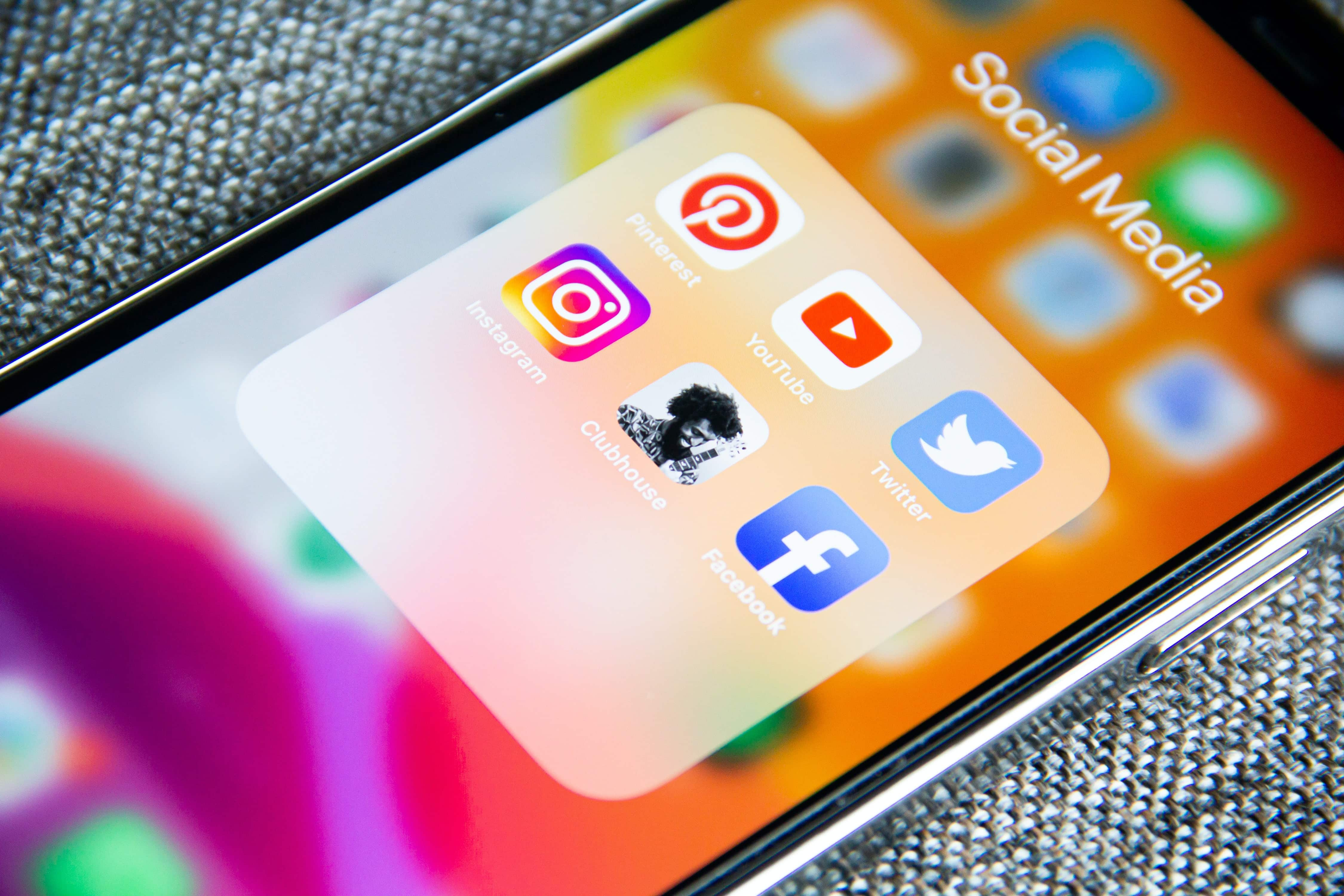When it comes to consumer research, quantitative tends to steal the show. It’s perfectly understandable: when marketing dollars are on the line, we prefer to model our strategic choices mathematically. We A/B test email subject lines and choose the logo design that is preferred by 63% of survey respondents. Decision makers are often so drawn to hard numbers, “directional data” nearly feels like a dirty word.
But what could we be missing?
What do you need to know about how your audience experiences your brand and products – and, more importantly, how do you capture feedback that doesn’t fall on a scale of 1-10? You may be highly skilled at gathering data, but how do you collect the insights you need to make sense of what those numbers really mean for the future of your brand?

Focus groups provide a unique opportunity to hear the voice of the consumer firsthand and apply those insights to virtually every facet of your marketing and merchandising strategy. When properly executed, the abstract sentiments and personal experiences of your audience can add a critical dimension to your understanding of your category performance.
So, how do you get focus group data you can really use?
1. Start with a rigorous screener.
Designing effective focus groups begins with ensuring that you’ve recruited the right participants and are asking the right questions. Useful insights require your qualitative and quantitative teams to work together closely, so you’ll need to lean on existing data to develop a list of qualifying questions.
Your focus group screener can (and should) include qualitative elements. It’s best practice to include an open-ended question that will help you better understand how involved a potential respondent is with your product or category. For example, if your product is in the home improvement category, ask respondents to tell you about their latest DIY project.
Not only is it important to recruit a representative sample and exclude participants who don’t shop your category, you’ll want to design your screener survey in a way that doesn’t reveal your brand alignment or the purpose of the focus group. Humans have a natural tendency to try to answer questions correctly rather than accurately, so if participants perceive bias in your screener, they are likely to alter their responses to line up with that agenda.
Finally, it’s worth mentioning that focus groups often compensate participants quite well for their time. “Professional” focus group attendees aren’t unheard of, so it’s a good idea to include a screener question about how recently the respondent has taken part in other research. Eliminate any surveys that appear to have been filled out mindlessly, or worse, by bots.
2. GIGO: Garbage in, garbage out.
While this may be a softer science, the old researchers’ mantra holds true: you cannot achieve quality results with shoddy methods.
Take care when developing your discussion guide for your focus group. Do you use neutral language when describing products? To call something “the lowest priced” is objective – to call it “cheap” or “economical” is not.
Remember that the purpose of a focus group is to hear the consumer’s voice. One of the best ways to allow for this is by asking open-ended questions about opinions and personal experiences. Specificity is great, but be sure you’re asking questions you could confidently answer yourself. No one remembers what was going through their head when they purchased laundry detergent in 1985, but participants have been known to invent responses in an attempt to be helpful to the moderator.

3. Moderation technique matters.
Successfully moderating a focus group requires a combination of finesse and social skills that, frankly, aren’t the first thing that comes to mind when we think of “research.”
Collaborative conversations offer insights that one-on-one interviews don’t because they allow participants to build on each other’s ideas. The other side of the coin, however, is that focus groups are a mixture of personalities that don’t always mesh seamlessly. A skillful moderator will identify the class clowns and alphas who will dominate the conversation and manage them by asking pointed questions to each participant.
Marketers love to point out that the heart of branding and sales is emotional, and the goal of a focus group is to bring those feelings to the surface. It’s not about products, it’s about fears, values and motivations – all things that people tend to feel with intensity.
Because many of us struggle to express ourselves (especially in a group setting), experienced moderators have projective techniques that can help respondents feel at ease discussing personal experiences and feelings. Moderators are responsible for creating a comfortable environment, and for managing their own reactions to anything participants do or say.
If you aren’t confident that you have the internal resources to execute this effectively, it is highly advisable that you seek out a third-party consumer research partner. Participant recruitment incentives, facilities fees and travel expenses can make focus groups a considerable investment – don’t risk coming away with biased or misleading insights.
4. Find the red threads.
So what is to be done with this loosely-organized collection of participant experiences? “Red threads” are an intuitive marketing metaphor for the connections that exist between different people’s opinions and ideas. Follow them, and themes will emerge. Identify themes, and you’ll have the kind of learnings that are unique to qualitative research.

Human behavior is a complex mix of emotions, personality, experiences and deep-rooted beliefs. Focus groups are a powerful tool for identifying and explaining the counterintuitive - why we often act differently than we think. You may discover that your very fundamental assumptions about what consumers want from your product category are incorrect. Making the most of a focus group requires you to let these assumptions be challenged.
It’s critical, however, that you don’t lose sight of the fact that these insights are directional. Qualitative learnings can tell you where to aim your quantitative research – but they can’t be quantified. Resist the urge to model your results mathematically, and you’ll retain the nuances that you worked so hard to collect.
